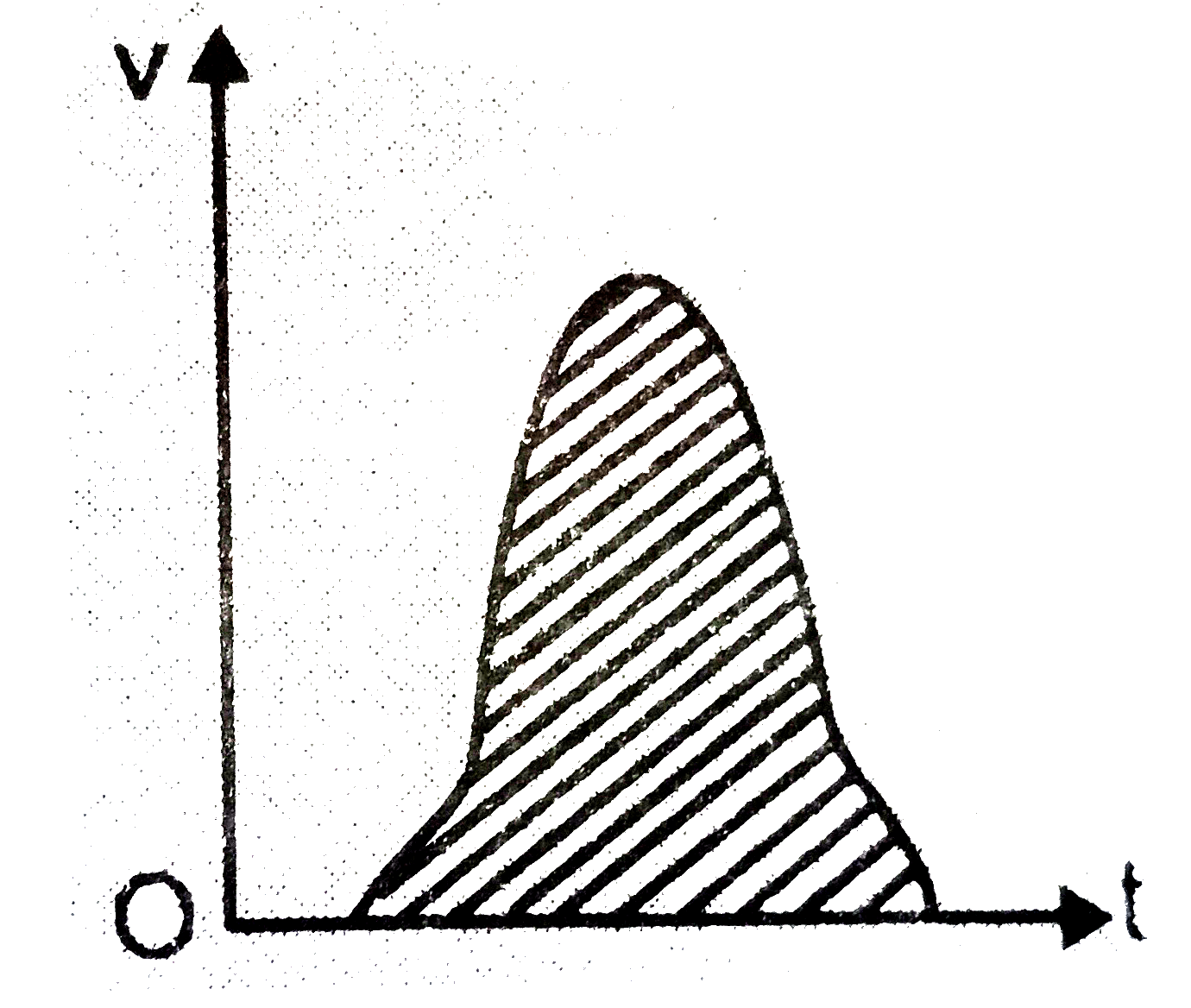-particles are represented by:
(a) lithium atoms
(b) helium nuclei
(c) nuclei
(d) None of these
The correct Answer is:B
To solve the question regarding how alpha particles are represented, we can follow these steps:
1. Understanding Alpha Particles:
Alpha particles are essentially the nuclei of helium atoms. They consist of two protons and two neutrons.
2. Identifying the Atomic Number and Mass Number:
- The atomic number (Z) of helium is 2, which indicates that it has 2 protons.
- The mass number (A) of helium is 4, which is the total number of protons and neutrons (2 protons + 2 neutrons = 4).
3. Ionization State:
- An alpha particle is a helium nucleus that has lost two electrons, resulting in a double positive charge. Therefore, it can be represented as He2+.
4. Conclusion:
- Based on the above information, alpha particles can be represented as He2+ or simply as an alpha particle denoted by the symbol α.
5. Final Answer:
- The correct representation of alpha particles is He2+ or α.
Alpha particles are essentially the nuclei of helium atoms. They consist of two protons and two neutrons.
- The atomic number (Z) of helium is 2, which indicates that it has 2 protons.
- The mass number (A) of helium is 4, which is the total number of protons and neutrons (2 protons + 2 neutrons = 4).
- An alpha particle is a helium nucleus that has lost two electrons, resulting in a double positive charge. Therefore, it can be represented as He2+.
- Based on the above information, alpha particles can be represented as He2+ or simply as an alpha particle denoted by the symbol α.
- The correct representation of alpha particles is He2+ or α.
Topper's Solved these Questions
- ATOMIC STUCTUREBOOK - NARENDRA AWASTHI ENGLISHCHAPTER - ATOMIC STUCTUREEXERCISE - level 2
30 Videos
- ATOMIC STUCTUREBOOK - NARENDRA AWASTHI ENGLISHCHAPTER - ATOMIC STUCTUREEXERCISE - Level 3 (Passage 1)
3 Videos
- CHEMICAL EQUILIBRIUMBOOK - NARENDRA AWASTHI ENGLISHCHAPTER - CHEMICAL EQUILIBRIUMEXERCISE - Match the column
1 Videos
Similar Questions
Knowledge Check
The displacement of a particle is represented by the equation y=3cos(π4−2ωt).
The motion of the particle isAsimple harmonic with period 2πωBsimple harmonic with period πωCperiodic but not simplee harmonicDnon-periodic.The displacement of a particle is represented by the equation y=sin3ωt. The motion is
Anon-periodicBperiodic but not simple harmonicCsimple harmonic with period 2π/ωDsimple harmonic with period π/ω
A freshly obtained of SnO2 is peptized by little of KOH to give a sol. Particles may be represented as
View SolutionThe displacement of a particle is represented by the equation y=3cos(π4−2ωt).
The motion of the particle is
View SolutionThe displacement of a particle is represented by the equation y=3cos(π4−2ωt).
The motion of the particle is
View SolutionFigure below shows the velocity-time graph of a one dimensional motion. Which of the following characteristic of the particle is represented by the shaded area?

View SolutionShow that the motion of a particle represented by y=sinωt−cosωt is simple harmonic with a period of 2π/ω.
View SolutionDraw a neat labeled diagram representing an atom. Name the three sub-atomic particles in the atom & represent them symbolically showing the mass & charge of each. State where the sub-atomic particles are present in the atom.
View Solution
